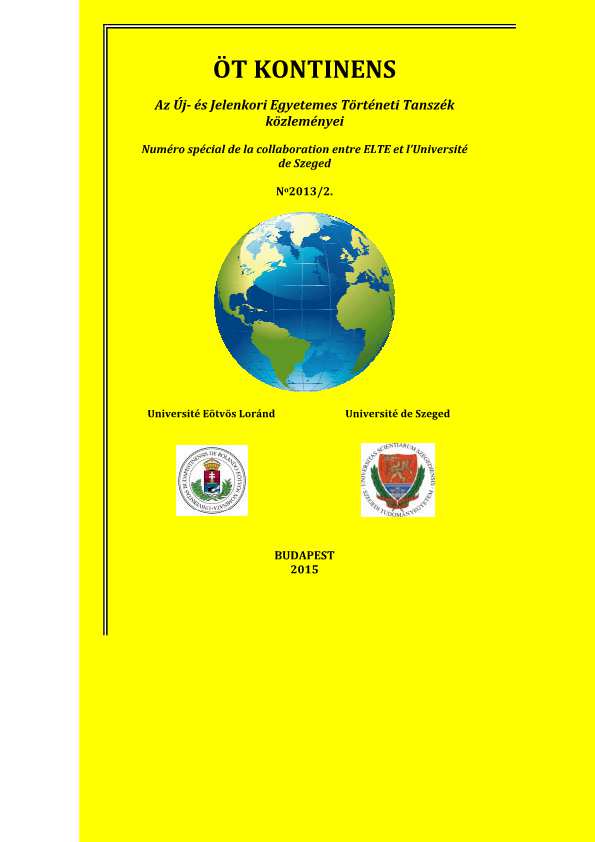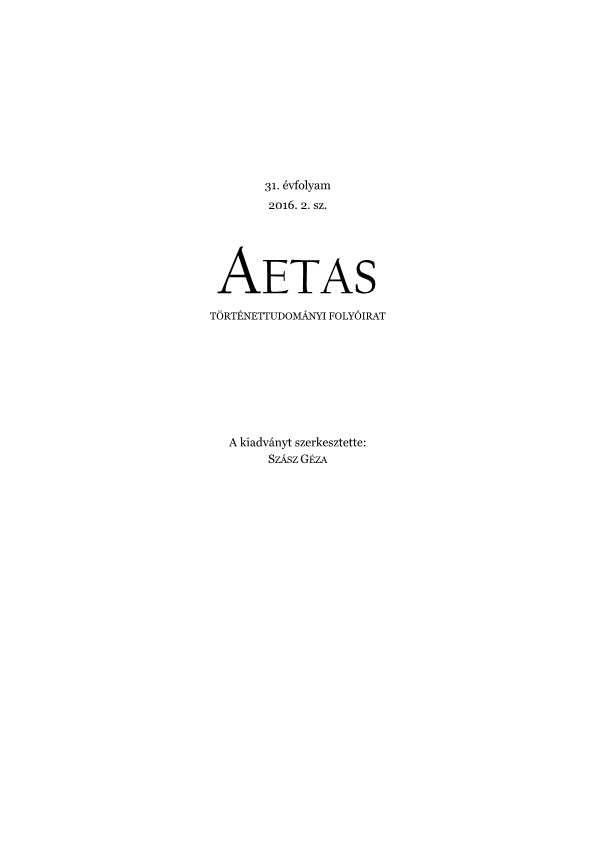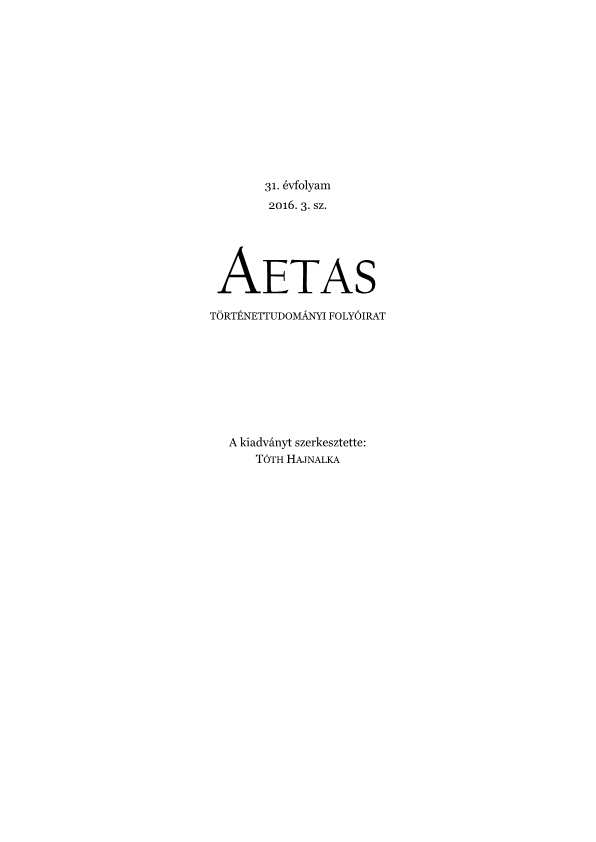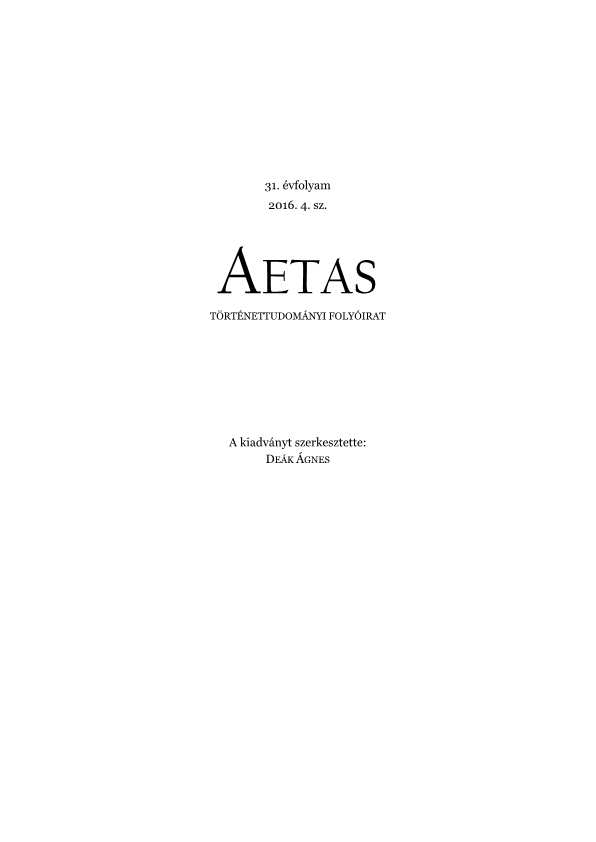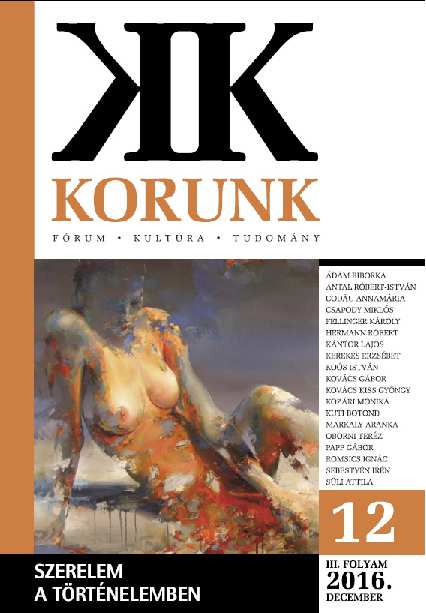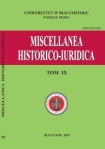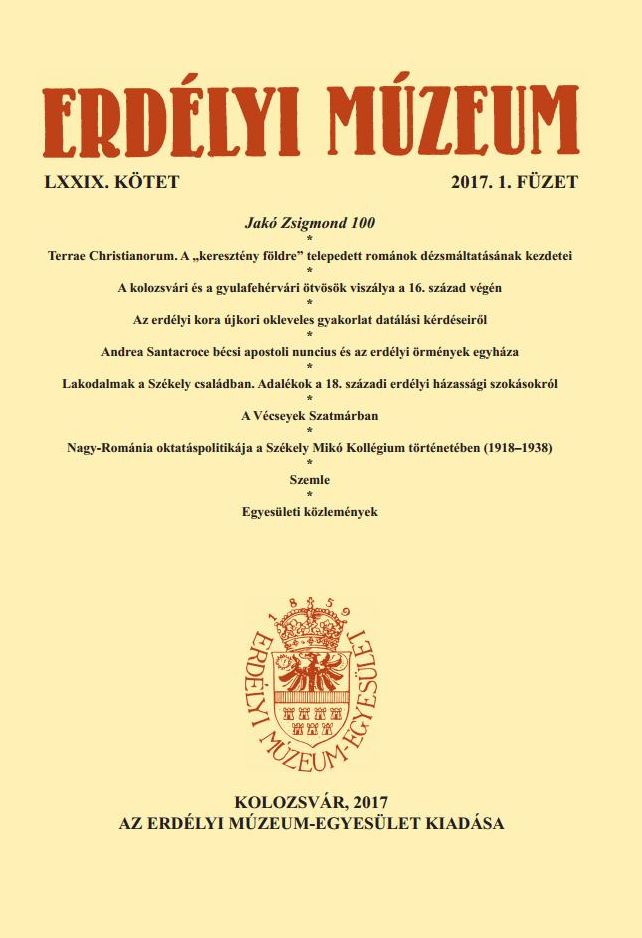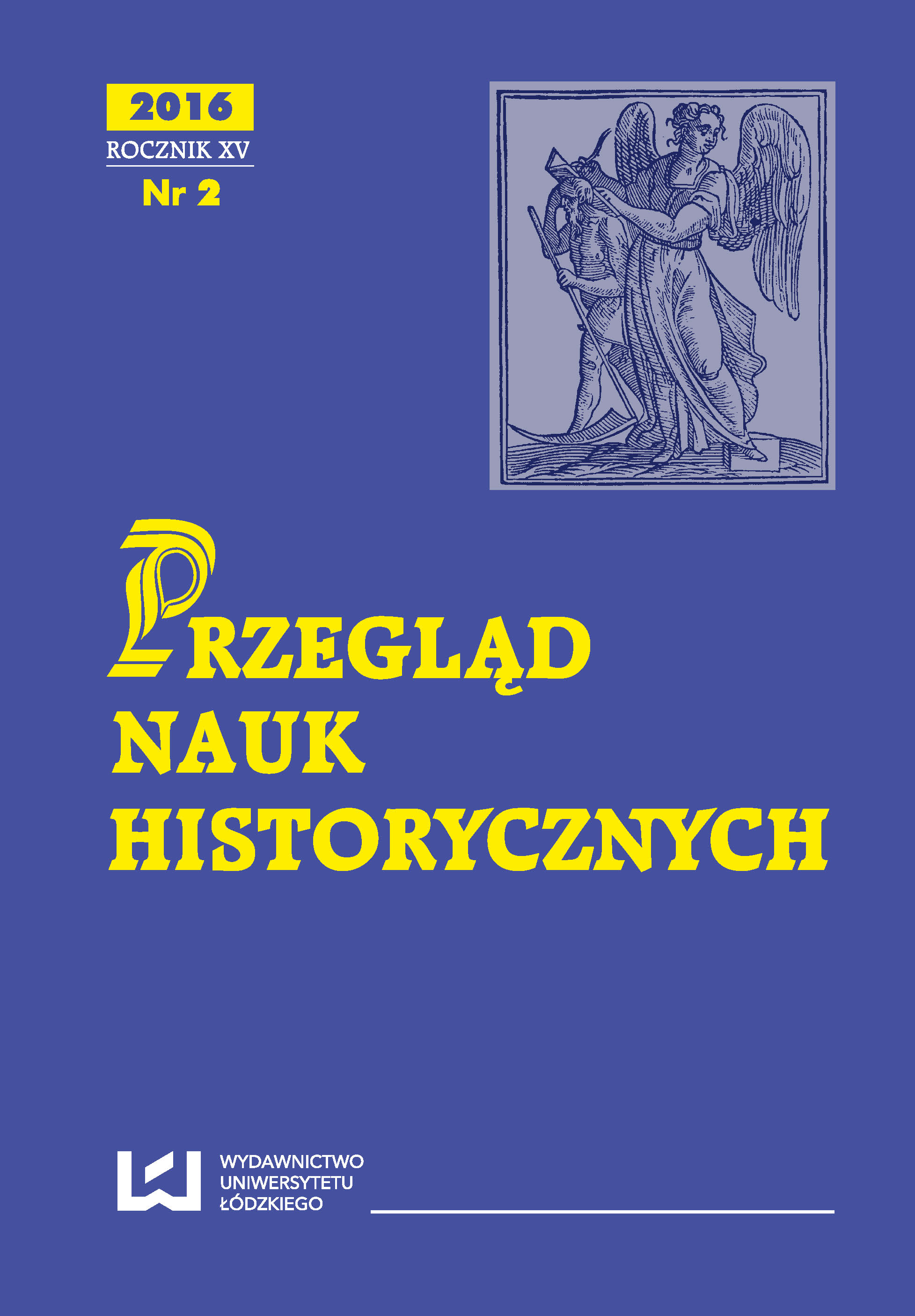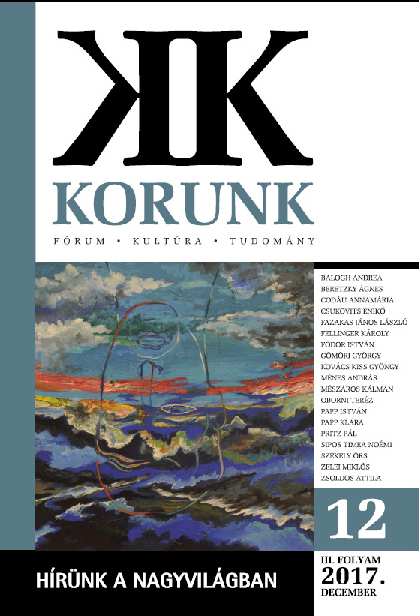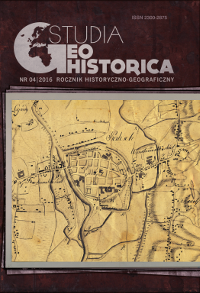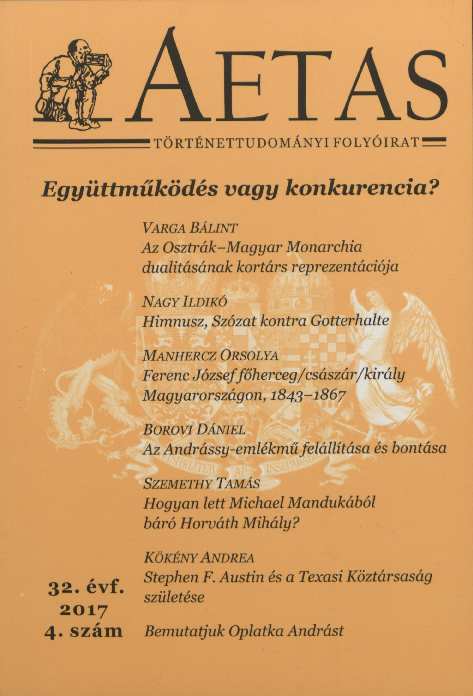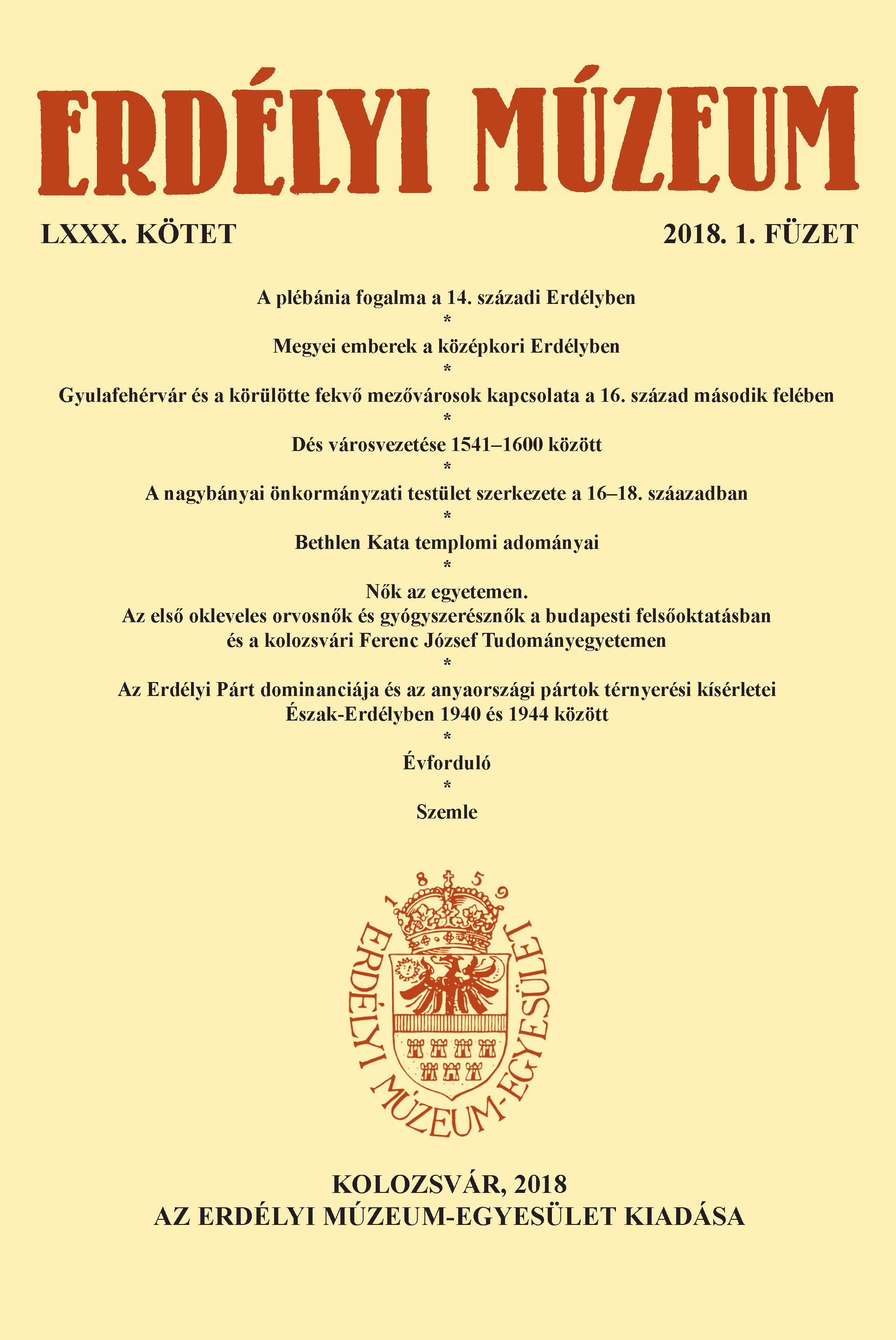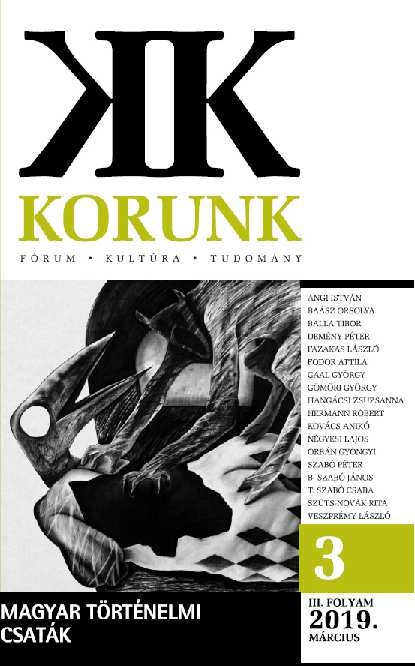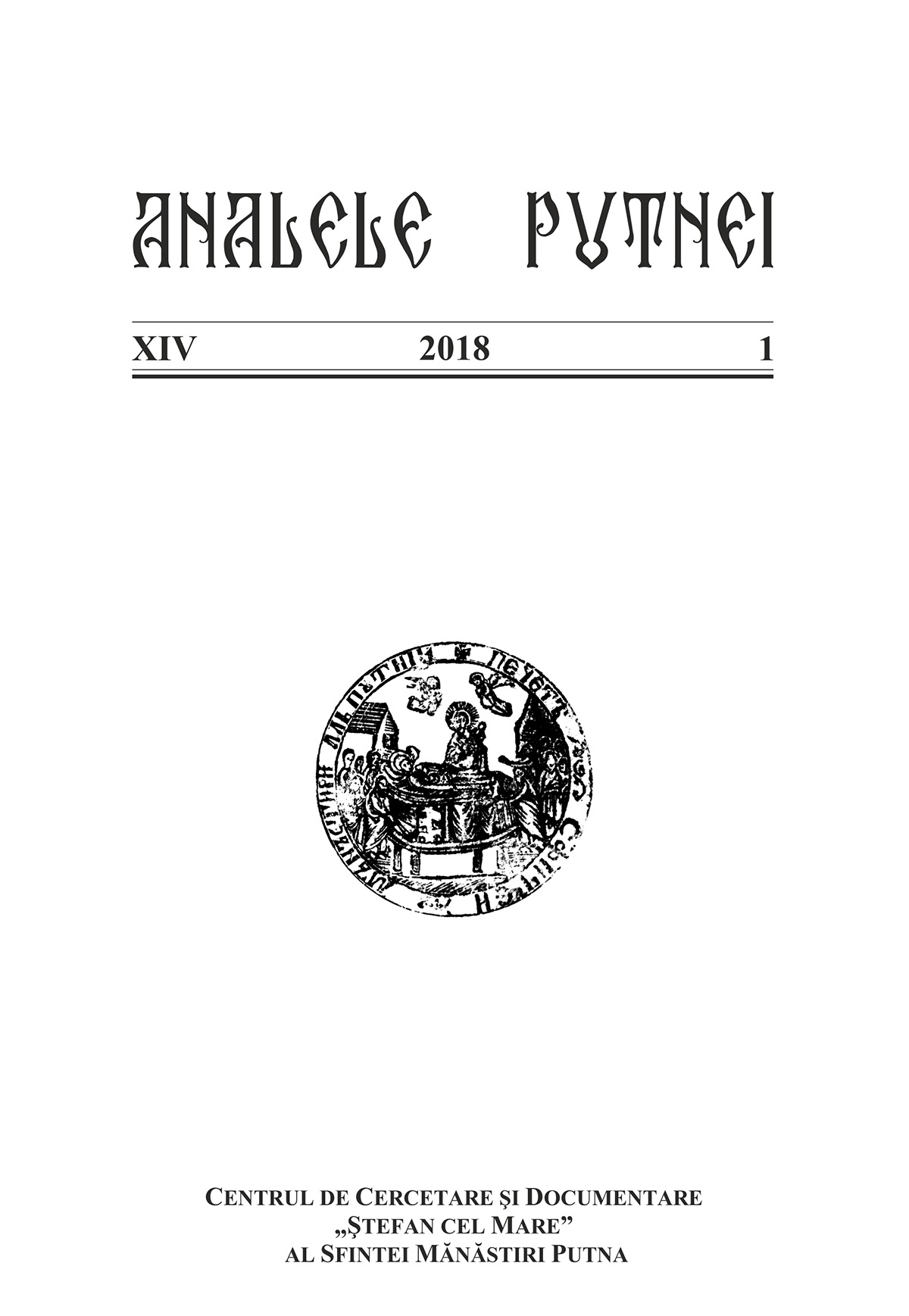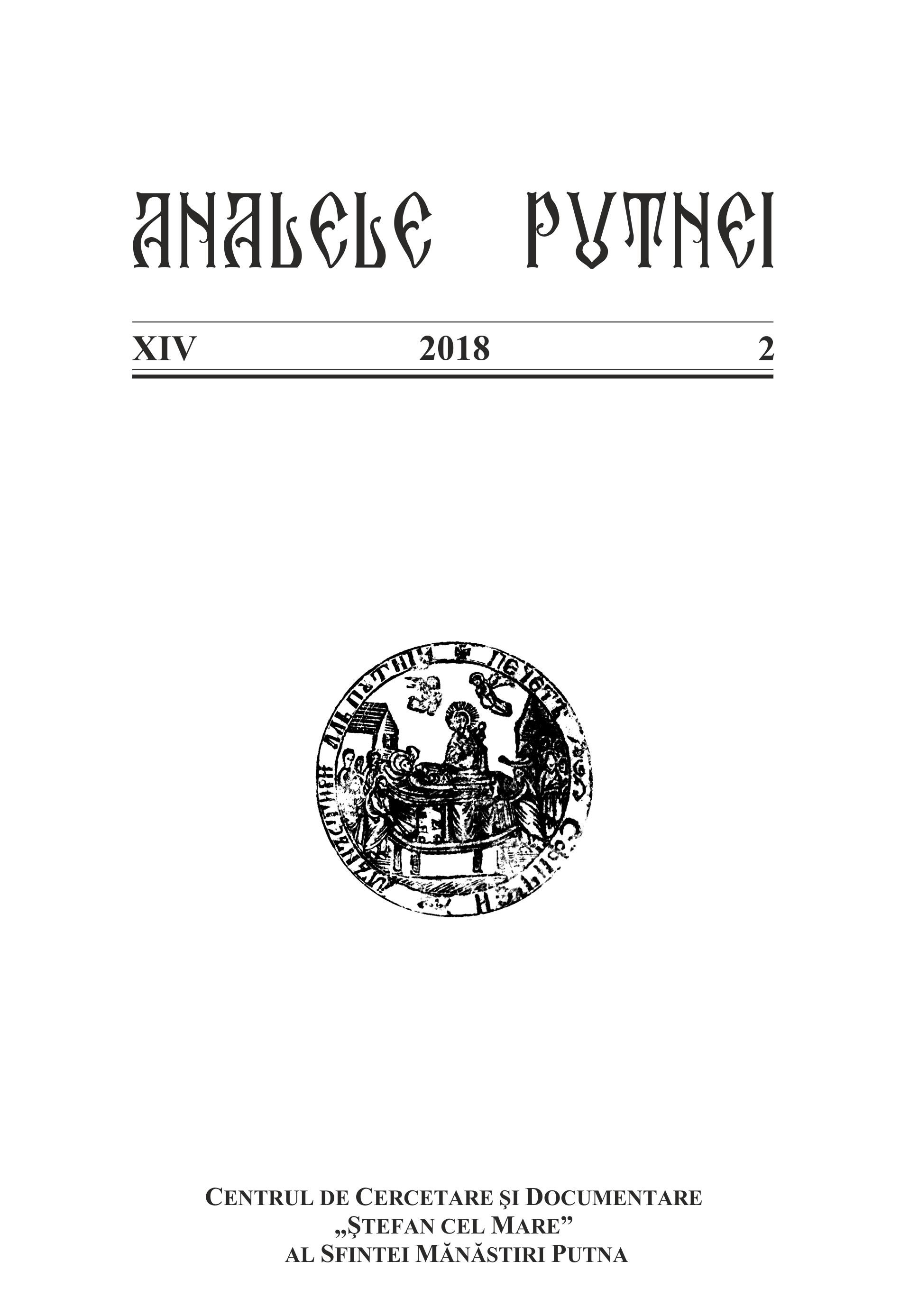Author(s): Maria Magdalena Székely / Language(s): Romanian
Issue: 2/2018
L’église du monastère de Coșula a été édifiée en 1535 par le grand logothète de Moldavie, Mateiaș. Elle a été entièrement peinte à l’intérieur et au moins sur le mur ouest, à l’extérieur. Les chercheurs intéressés par ce sujet ont daté la fresque entre 1536 et 1538. Au XIXe siècle, la fresque fut recouverte d’une peinture à l’huile, semblable à celle de l’église Saint-Élie d’Iaroslavl. Au cours du même siècle, le mur de séparation entre le narthex et la nef fut démoli, ce qui entraîna la destruction du tableau votif. Heureusement, cette composition a été copiée sur un support en bois, de taille moyenne; considérée longtemps perdue, la copie fut retrouvée quelques années auparavant et remise dans le circuit scientifique. L’enlèvement relativement récent de la nouvelle couche de peinture et la restauration des fresques d’origine ont révélé une image totalement inattendue. À droite de la porte d’entrée, sur le mur sud, dans la salle qui était à l’origine le narthex de l’église, on distingue le portrait d’un homme portant de petites moustaches et une barbe de style Renaissance. L’analyse du costume de ce personnage et les analogies avec les portraits votifs des églises de Baia et de Probota déterminent l’auteur à dater le portrait au XVIe siècle. En apparence, cependant, il a été repeint après le milieu du XVIIe siècle. Un graphite en langue slave, qui vient sans doute remplacer une inscription peinte endommagée, indique la qualité de l’homme du portrait: il était le frère du logothète Mateiaș, Iurie – un personnage dont l’existence n’est pas attestée dans les sources du temps. Les caractéristiques du portrait (la disposition de l’image dans l’ensemble de l’église, son caractère individuel, la représentation frontale, l’absence du modèle de l’église dans la main du personnage, etc.) permettent à l’auteur de supposer qu’il s’agisse d’un portrait funéraire, ce qui explique l’absence d’Iurie du tableau votif. Et, en effet, dans le coin sud-ouest du narthex, c’est-à-dire, juste à côté du portrait, l’existence d’une tombe (dépourvue de dalle funéraire) fut révélée au cours des fouilles archéologiques entreprises à Coșula en 1976. De cette tombe, on a récupéré un fragment de vêtement de boyard avec des boutons en métal, probablement en argent.
More...
